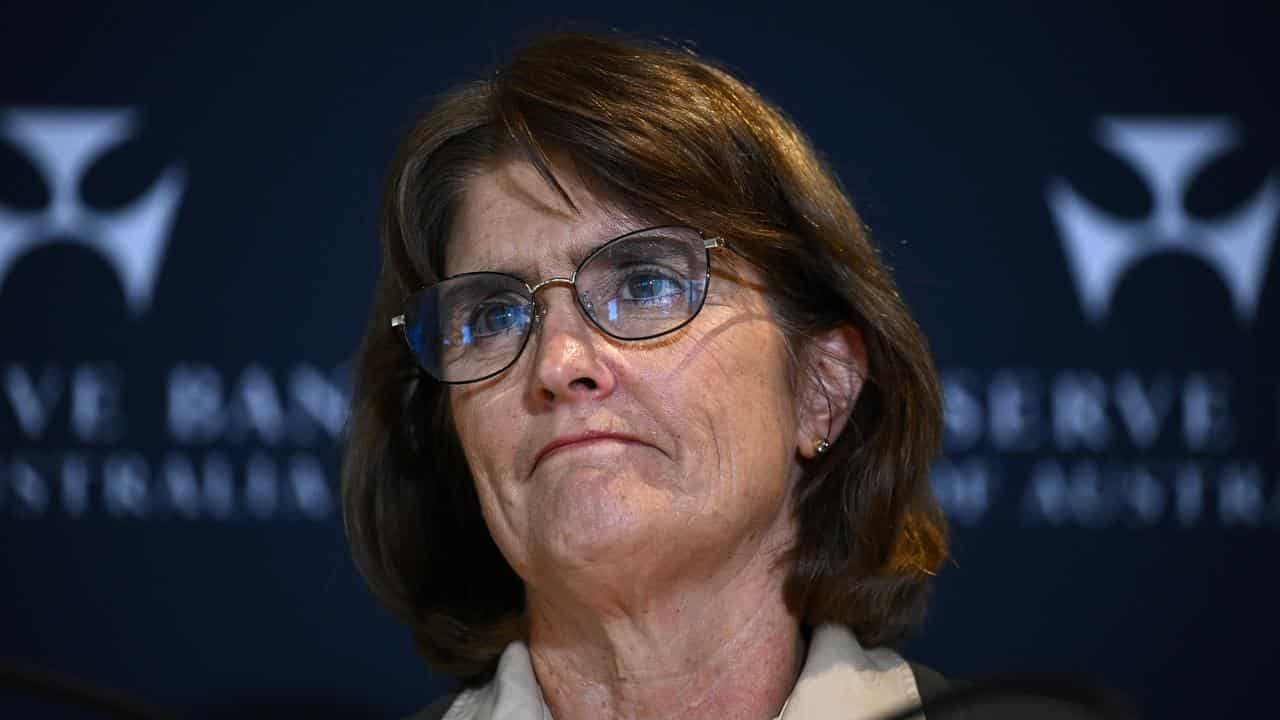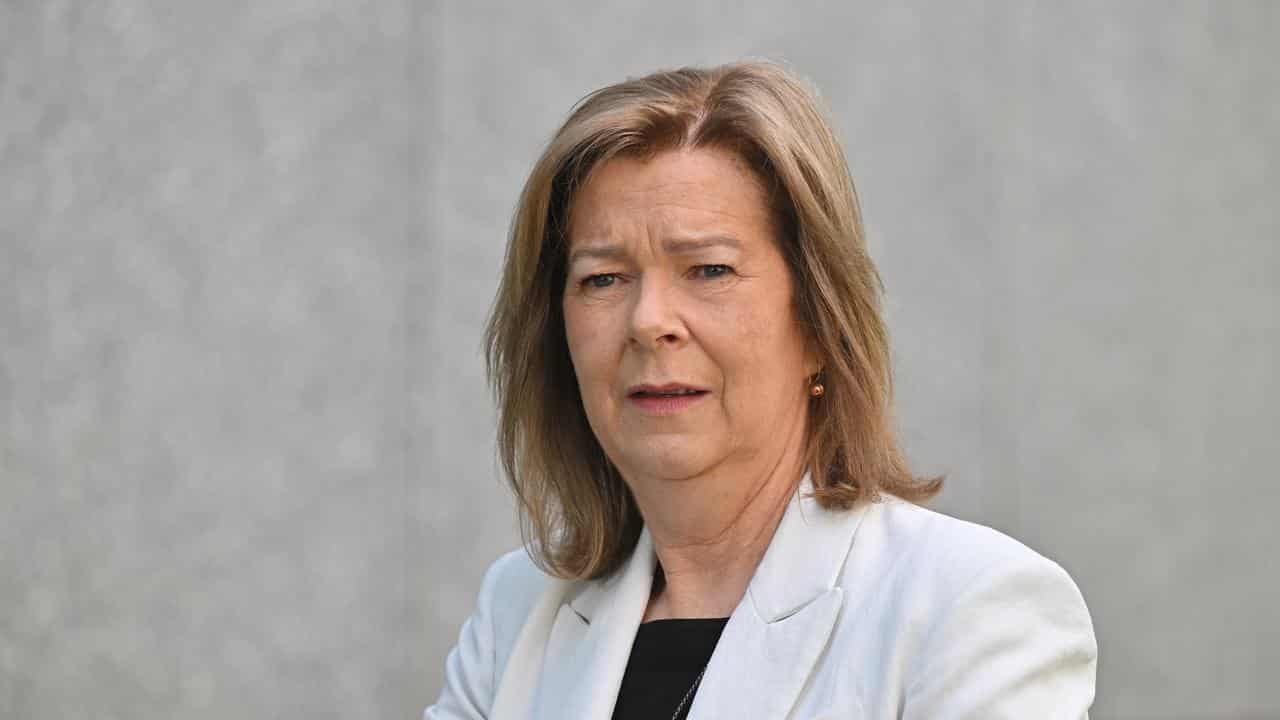
It won't be welcomed by workers, but softening wages growth is good news for borrowers hoping for more Reserve Bank interest rate cuts.
Wages growth grew at 3.2 per cent in 2024, down from 3.6 per cent annually the previous quarter, the Australian Bureau of Statistics reported on Wednesday.
That will help allay concerns at the central bank that tightness in the labour market was contributing to a rise in staffing costs and inflation.
Despite delivering mortgage holders a first interest rate cut in more than four years on Tuesday, RBA governor Michele Bullock made clear the board would not rush into more reductions without certainty that inflation was truly and sustainably descending to target.
Traders lowered their rate cut expectations following her hawkish comments, with markets pricing in two more cuts rather than three this cycle.
Part of the RBA's concern is that an unexpectedly tight labour market, with unemployment at a historically low four per cent, would contribute to unsustainable growth in wage costs for employers and prices rising in turn.
In the bank's Statement on Monetary Policy, released alongside the rate cut on Tuesday, the bank acknowledged there is a risk it has misjudged how much excess demand there is in the labour market.

"There's a lot of debate out there in the market about what level of unemployment or employment is consistent with low and stable inflation," Ms Bullock said.
"I'm certainly not committing any number on what that unemployment rate is, but we are continuing to test how low we can keep unemployment without adding to inflationary pressures, and so far, in good news, we're achieving it. But there are risks."
Wednesday's data adds to evidence that that figure - also known as the non‑accelerating inflation rate of unemployment (NAIRU) - is lower than the RBA's estimate of 4.5 per cent, said CBA senior economist Stephen Wu.
"There are clear downside risks to the RBA’s expectation for annual wages growth to re‑accelerate to 3.4 per cent," he added.
For that to happen, wages growth would need to grow at 0.9 per cent per quarter.
On a quarterly basis, the 0.7 per cent rise in the wage price index was the equal lowest rise since March 2022, ABS head of prices statistics Michelle Marquardt said.
The wages slowdown made for a softer inflation outlook and will be welcomed by the RBA, said Sean Langcake, head of macroeconomic forecasting for Oxford Economics Australia.
He said it suggests workers are losing bargaining power compared to a year ago.

But the sustained growth in real wages showed the government's industrial relations reforms, including its Same Job, Same Pay laws targeting labour hire practices, were working, ACTU president Michele O’Neil said.
"Now that people have more work rights and wages are moving, Peter Dutton and his big business mates like Gina Rinehart want to undo that progress," she said.
"Without these new rights, the average Australian would have their pay cut by $3100, which would be devastating to people’s cost of living."
Treasurer Jim Chalmers said wages were going up faster than inflation, which is something his government had deliberately targeted.
"We want Australians to be earning more and keeping more of what they earn," he told ABC Radio National.
"We have got real wages growing again."
Public sector wages grew slower than the private sector, despite jobs growth in the public and non-market sectors, such as health care, outstripping the market sector.
The RBA said government spending had bolstered the labour market, with growth in non-market jobs adversely affecting employers in the private sector.
“Strong labour demand in the non-market sector has likely contributed to tighter conditions in the market sector,” the bank’s economists said in its Statement on Monetary Policy.
“The strong growth in health care employment has affected broader labour market conditions, drawing in workers and contributing to tight conditions facing firms in other industries.”
Shadow treasurer Angus Taylor said Labor's excessive spending was fuelling inflation and crowding out the private sector.




